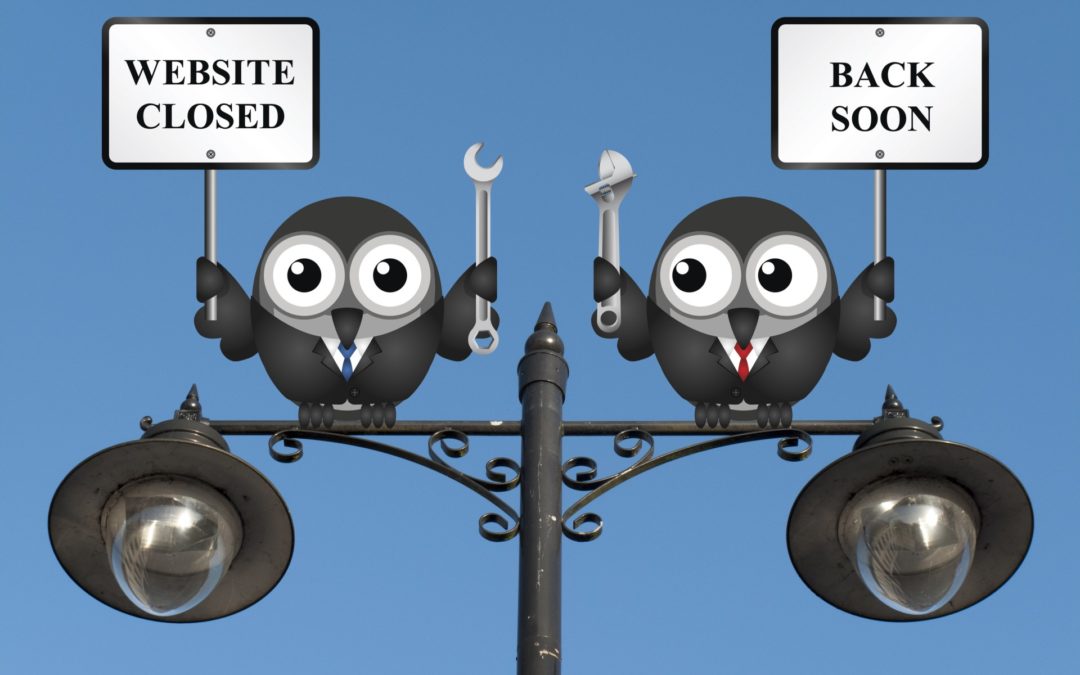Thinking of increasing your charge out rates for your law firm – here’s how to do it!
Would you like to increase your hourly rates? While an increase might be timely and fine in theory there is also quite some anxiety for most law firms around doing so. In our experience, firms have held their rates as long as possible and many have not been able to implement much if any increase over the past few years.
Stop and think for a minute when you last increased them in your firm. Are you worried clients will leave you in droves if you do?
What’s Stopping You?
Certainly, it remains a sensitive issue for clients and also there is little if any clarity around what should be increased, by how much and how the increase should be communicated to clients.
Raising prices is simply a fact of life when running any business but like every other aspect of pricing, raising prices in a strategic, tactical and structured fashion will go a long way towards a successful implementation- and fewer tears.
Why Charge Out Rates Are Important
In labor-based business like law firms, profit comes from the right balance of revenue and costs. Law firms have a very high fixed labour cost so the two primary profitability levers are either lowering costs (employee costs, limiting benefits and restricting discretionary spending on IT, training and recruiting) or increasing revenue (higher charge out rates and more new billable work).
After the GFC, Law firms focused intently on lowering the cost side of the equation. Now with economic improvement, they are concentrating on growing revenue through a combination of rate increases and market growth.
Do the Maths
If you quickly calculate that there are 230 business days on a year and say a solicitor in you law firm has an hourly rate set at say $300 ph. If that person time records and invoices say 6 hours each day (we will do another article on the ability to achieve this and more, without you or them going nuts) then that is 230 x $300 x 6 = $414,000. (Note if these figures don’t work for you, do the maths on your figures and see what you come up with). If the charge out rate is increased to say $345, then that produces $476,100. This is much more than any requested or likely wage rise.
Consider Pricing Points too
If your hourly rates are set at rounded numbers such as $300 and you plan to increase them, consider setting them on ‘non-rounded’ numbers. For example if you were minded to increase this person’s rate to $350, ask yourself if there would be any more client pushback if the new rate was $365. If not, settle on the higher rate.
Conversely if you were nervous about clients paying an increased threshold figure say $200 for a junior person or $500 for a senior lawyer, consider increasing them to $195 or $495 instead. This is exactly what Coles and Woolworths do when you see pricing at $2.95 rather than $3.00.
Discount at your own risk
Research has shown that discounting can create more problems than it is worth. Discounting diminishes value and may cause negative client perceptions. The client wonders whether the initial price was too high, or the firm is desperate or it doesn’t truly understand the nature and scope of the work. Any of these circumstances may lead to long-term dissatisfaction.
We are aware of one large Perth CBD law firm that got into the habit of reducing all invoices by 10-15%. Along came a new CEO who was alarmed at that practice and immediately said any discounting over 5% had to go through him first. That put an end to that and literally overnight he increased revenue by about 10%.
Through smart marketing you can get more work in
There is a growing emphasis on sales and marketing activities that increase both the breadth and depth of relationships, whilst at the same time expanding markets through existing and new services offerings.
The strategy you adopt should stimulate more demand for your services without relying on ‘word of mouth’ or generally just waiting for the work to come it (whenever that will be).
Some tips you might like to consider:
-
Highlight a % increase
Let the client know that on a pure inflationary basis, an increase of, say, 15% would be justified but for existing loyal clients (like them), the increase will be limited to 10%. That way the client goes away thinking it was better than it could have been.
-
Blame Costs but identify them
Clients don’t want to hear prices are rising to boost partner profitability so you should however be very specific in identifying the cost increase culprits such as the strengthening labour market has put upward pressure on rents and salaries.
-
Be firm but fair
Clients are more receptive to a price rise if they perceive it as fair. If you haven’t increased your prices for say three years, then say so and do it without apology.
-
Don’t get caught up on the client’s stories
Whether you realise it or not clients are negotiating with you from the outset. So when you hear from them that no one else is increasing their prices, that may or may not be true but you are not to know if the other firms are about to go broke or if they are not attaining the same quality your firm and staff can produce. Focus on the positives you can deliver.
-
Remind clients of your firm’s point of difference
Revisit and identify the things that make you better than your competitors and in doing so make references to your levels of service.
-
Be open minded about providing ‘extras’
Move away from the one price fits all strategy. By offering clients a range of good-better-best options enables firms to broaden their appeal and market share. Your price sensitive clients purchase the ‘good’ option while clients who value the premium offering will pay for the best.
-
Learn to say ‘No’
The notion of saying ‘no’ to a client might have been regarded as a no-no but you have the ability to sculpt the firm you want and go for the better paying work so don’t self-justify accepting a lesser sum. We can show you how to get the work in that is the profitable work you want. Doing unprofitable work will catch up to you eventually.
Conclusion
Your price raising and charge out rate mythologies must involve a forthright yet sensitive dialogue with clients. Obviously we don’t want to you to lose clients but if, despite your explanations, they flatly refuse to engage, it is time to give serious consideration to parting company with those clients. On top of that law firms need to limit discounting, and only use it in the rarest of situations.
There are marketing strategies that work so you are better off to turn your mind to clients who will pay and to seek new work from full fee paying clients. If you do this you increase your chances of greater success.












